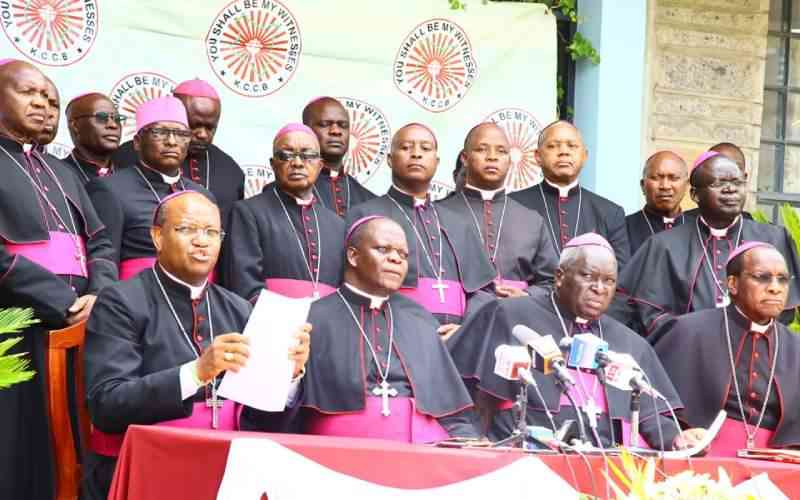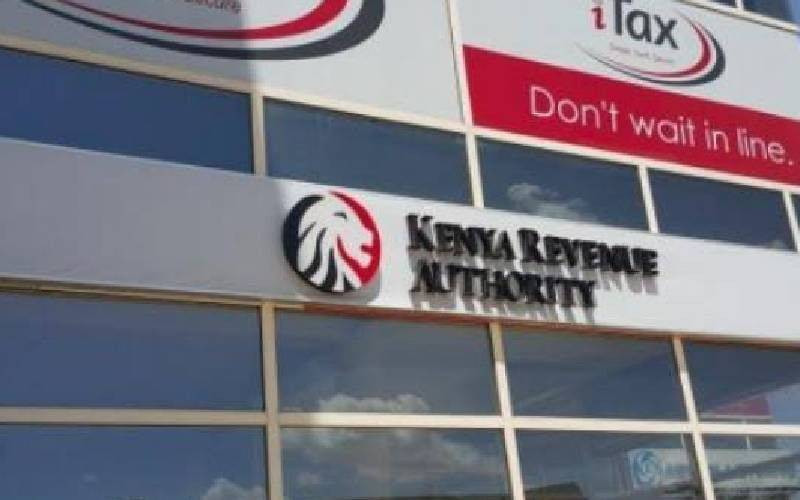The Government is working on a policy to increase the use of liquefied petroleum gas (LPG) as an alternative to kerosene, wood, cow dung and charcoal.
If successfully implemented, the move will see the Government re-introduce tax on kerosene and indirectly control use of the commodity, mostly used by poor households in the country.
Persistent push
But the persistent push by oil marketers for rural households and the urban poor to start using LPG in place of kerosene is unlikely to be adopted without a fight, given that about three-in-four Kenyans rely on kerosene for lighting and cooking.
Oil marketers, through their umbrella body, the Petroleum Institute of East Africa (PIEA), say the move would deter malpractices such as fuel adulteration. According to the institute, 80 per cent of the kerosene sold in the country is used to adulterate diesel and petrol.
Taxes and levies on kerosene had previously been scraped by former President Mwai Kibaki and former Prime Minister Raila Odinga as part of their coalition’s efforts to lower the costs of living and cushion the poor and vulnerable.
But oil marketers are adamant that taxes on kerosene should be reinstated.
“Bring back the tax on kerosene to contain rampant fuel adulteration, and then institute a no-tax policy on LPG,” said Polycarp Igathe, the chairman of PIEA.
“Petrol dealers out to make a quick buck increase profit margins by dosing quantities of kerosene into diesel and petrol.”
The Government said it expects to raise Sh7 billion from the planned taxes and duties on kerosene, which would be used to develop the LPG sub-sector.
Mr Joseph Wafula, a senior petroleum economist at the ministry of Energy and Petroleum, said loading taxes on kerosene is expected to grow the use of LPG, whose uptake in Kenya has for years stagnated at about 80,000 metric tonnes per year. This has been blamed partly on the high cost of acquiring equipment such as gas cylinders and cookers.
“We want to impose taxes on kerosene to make it more expensive so that we can deviate from the use of it in cooking to LPG,” he said.
Cleaner fuel
While the push for the adoption of cleaner household fuels like LPG is welcome, questions are lingering over the affordability, accessibility and availability of the product for rural households and the urban poor.
Further, according to the Energy ministry, LPG consumption faces supply constraints. However, if this is resolved, consumption could increase to 735,217 metric tonnes by 2035.
Stay informed. Subscribe to our newsletter
Other challenges facing LPG consumption include inadequate storage facilities in Mombasa and upcountry locations, malpractices such as illegal refillings, logistical challenges such as few rail wagons, LPG tankers and poor roads, and insufficient bottling facilities.
High cost
The high cost of LPG and its related accessories, such as cylinders and regulators, has made the product a preserve of the few. For instance, refilling a 13kg cylinder of LPG costs Sh3,000 on average.
It is estimated that over 30 million Kenyans (70 per cent of the population) are not connected to the national electricity grid, and therefore rely on kerosene for their lighting and cooking needs.
The World Health Organisation (WHO) says that globally, around 3 billion people cook and heat their homes using open fires and simple stoves burning biomass (wood, animal dung and crop waste) and coal.
However, Statistics from WHO show that over 4 million people die prematurely from illnesses attributable to household air pollution from cooking with solid fuels. Further, more than 50 per cent of premature deaths among children under five are due to pneumonia caused by particulate matter (soot) inhaled from household air pollution.
[email protected]
 The Standard Group Plc is a
multi-media organization with investments in media platforms spanning newspaper
print operations, television, radio broadcasting, digital and online services. The
Standard Group is recognized as a leading multi-media house in Kenya with a key
influence in matters of national and international interest.
The Standard Group Plc is a
multi-media organization with investments in media platforms spanning newspaper
print operations, television, radio broadcasting, digital and online services. The
Standard Group is recognized as a leading multi-media house in Kenya with a key
influence in matters of national and international interest.
 The Standard Group Plc is a
multi-media organization with investments in media platforms spanning newspaper
print operations, television, radio broadcasting, digital and online services. The
Standard Group is recognized as a leading multi-media house in Kenya with a key
influence in matters of national and international interest.
The Standard Group Plc is a
multi-media organization with investments in media platforms spanning newspaper
print operations, television, radio broadcasting, digital and online services. The
Standard Group is recognized as a leading multi-media house in Kenya with a key
influence in matters of national and international interest.








